Nothing evokes fear like the buzzing of an angry wasp. For most of us, it is fight or flight. To fight you risk ending up with a rather painful memento of the wasp’s powerful sting. You could run, but can you run fast enough to escape?
So, how fast can wasps fly, and can you outrun them?
Yellowjackets fly up to 7 MPH, with the fastest wasp, the giant hornet, flying at speeds up to 25 MPH. The average hornet flies at 14 MPH. A fit person can run about 20 MPH tops, for most people not so fast. If you can run, then run, wasps only attack if threatened so they will soon give up.
At the end of the day, it depends on the wasp species. There are at least 30,000 species of wasps worldwide. But the three most common species that human beings encounter are hornets, paper wasps, and yellowjackets.
Read on to find out how wasps are able to fly at these speeds and what you can do to outrun them.
Can You Outrun A Wasp?
The average running speed of a healthy, fit human is 20 MPH. So, if you are running away from a yellowjacket, paper wasp, and an average hornet, you could outrun them.
However, being fit is an ideal situation. You may have an injury, or your running speed is below the average. Children and the elderly also may not be able to attain the average speed. That puts them at risk of getting stung before they can get away.
If you are unfortunate enough to encounter a swarm of Asian giant hornets, or colloquially known as murder hornets, it may prove impossible to outrun them as they reach speeds of 25 MPH.
The good news is that wasps are generally not aggressive if not provoked. They will only attack when they feel threatened. But even though they do not typically kill human beings, their sting can be quite painful.
To get away from wasp it is best to move away from the area as quickly as you can without waving your arms around, this will be considered threatening to a wasp.
You need to remember wasps are really just protecting their nest so once they consider you are far enough away not to be a threat they will usually stop hassling you and return to their nest.
If you are interested we have written an article about how aggressive and potentially dangerous wasps are. The article is called, Are Wasps Dangerous?
How Do Wasps Fly And How Fast Are They?
The Asian Giant Hornet
The Asian giant hornet (Vespa mandarinia) it’s a species native to the tropical and temperate regions of Eastern Asia like Sri Lanka, Japan, India, and China. But they have recently been found sporadically in North America in places like Washington State, Vancouver Island, and British Columbia.
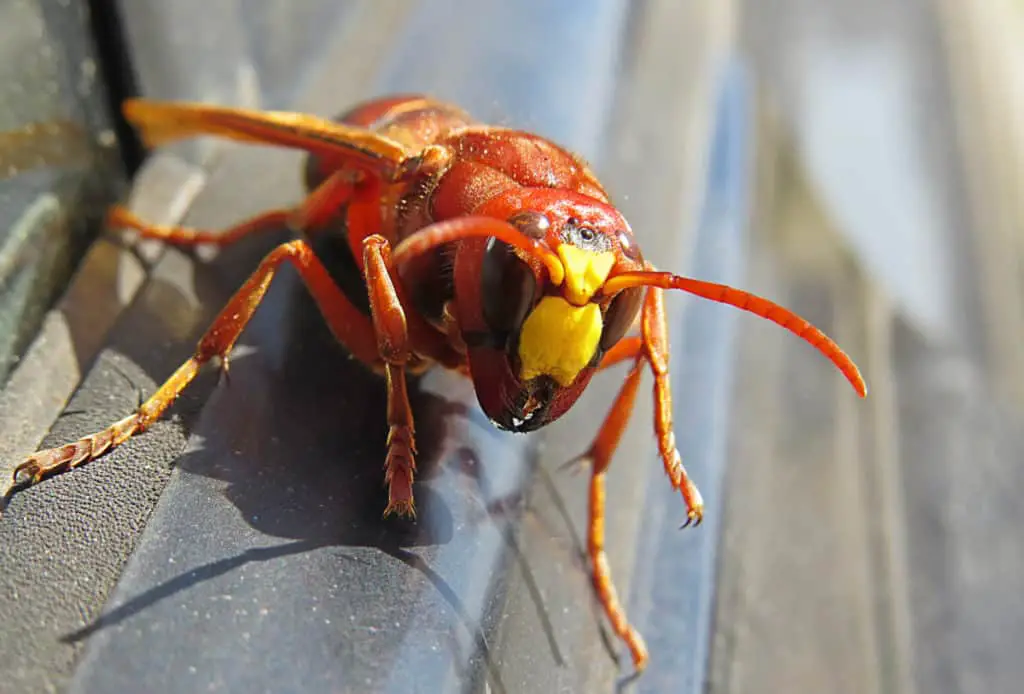
It has an orange-black striped body with a length of 1.5 to 2 inches. The queen can grow to more than two inches long. The typical wingspan of an Asian Giant hornet wasp is around 3 inches, and they come with a stinger of at least ¼ of an inch long.
The 3-inch wingspan allows it to move faster than other wasps explaining how it reaches 25 MPH.
The Asian giant hornets build their nest in tree hollows, and roots and the nests are never above six feet off the ground. That is why people stumble on their nests accidentally and get stung before they know what is happening.
If you are interested to know more about how hornets compare to other wasps you can check out this article we have written, Wasps Vs Hornets
Yellowjackets
The average yellowjacket wasp is 0.5 inches in length, with the queens being larger at 0.75 inches long. Their wingspan is not as massive as that of the hornets because they are smaller in size. But their wings are elongated, and they are hairless. That reduces wind resistance when they fly, allowing them to achieve high speeds even though they are small. They have a fore wing and hind wing, which work in tandem when flying.
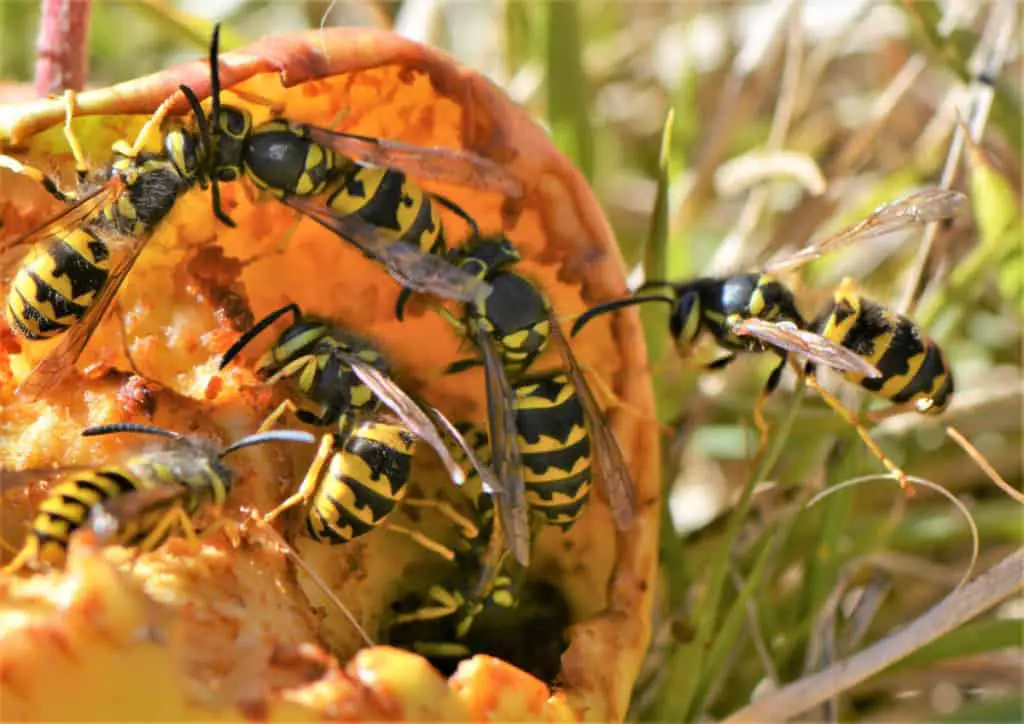
They also build nests in the ground, making it easy to stumble upon them and get attacked. However, if you hear their buzzing in advance, you can outrun them because they typically only reach an average of 7-8 MPH.
If you are interested to know more about how yellowjacket compare to other wasps you can check out this article we have written, Wasps Vs Yellowjackets
Paper Wasps
The paper wasp is 0.75 inches to 1.25 inches, and they are reddish-brown or black with yellow bands with black wings. Their wingspan is 0.59 to 0.98 inches long. This species of wasps also reaches an average of 7 MPH, and you may be able to outrun them.
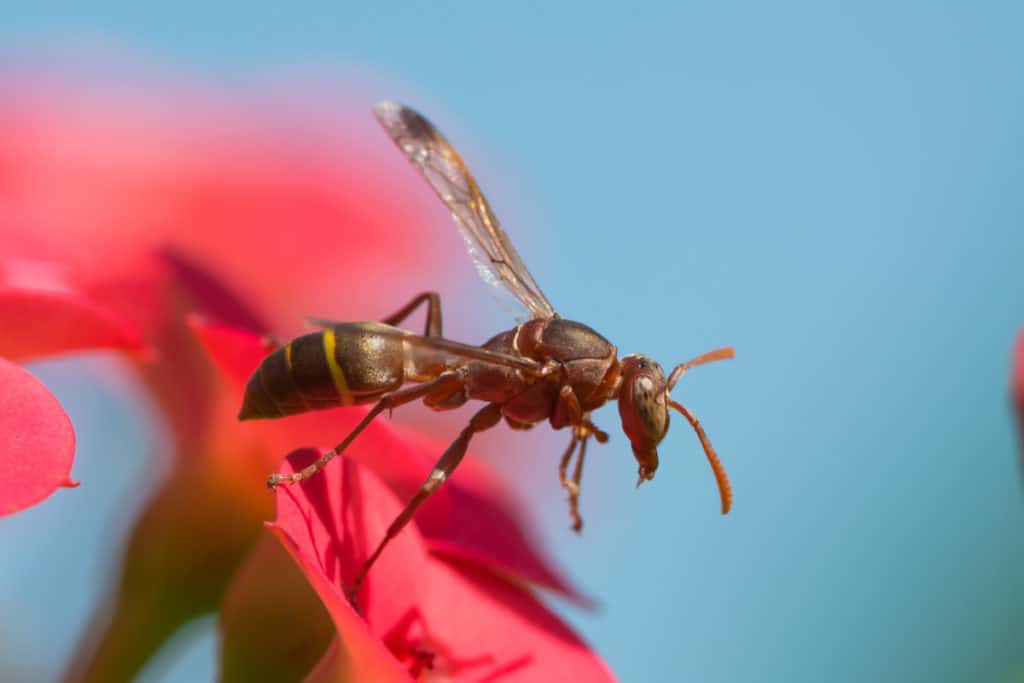
Like yellowjackets, paper wasps are eusocial, but when they attack, they tend to do so solo. So, you may not be swarmed by several of these wasps like you would be by bees or yellowjackets.
The average beat of the wasp’s wings per second varies depending on the species. But typically, a wasp’s wings beat between 117 to 247 beats per second.
Wasps Vs Other Insects
Wasps Vs Houseflies
A common housefly is actually pretty slow. They fly at a maximum speed of 5 MPH. However, because they are incredibly acrobatic, they tend to seem faster. Their wings beat faster than some wasps at 200 times per second but that doesn’t translate to speed.
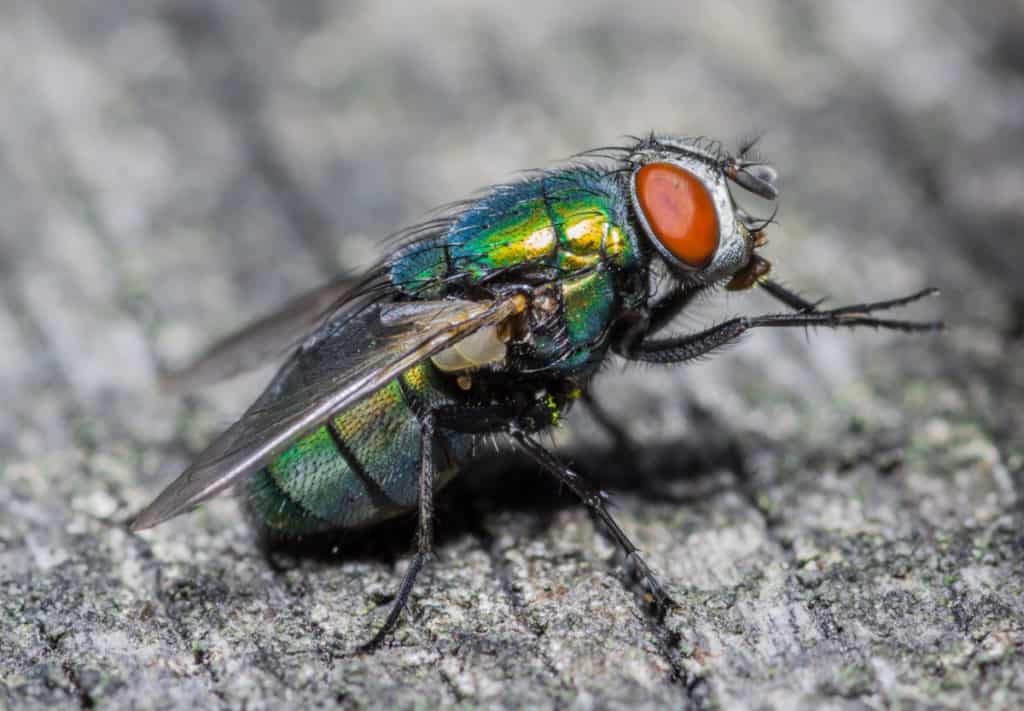
They tend to be sluggish compared to other insects when it comes to flying because they see things in slow motion. According to researchers, the smaller the species the faster they perceive light flickering making things slow down for them.
Wasps Vs Honey bee
At average speeds of 19 miles per hour, the honey bee is quite a fast-flying insect. But unfortunately, that is not as fast as murdering hornets which have been known to decimate bees in their hives, carrying off the larvae and pupae of the bees to feed their offspring.
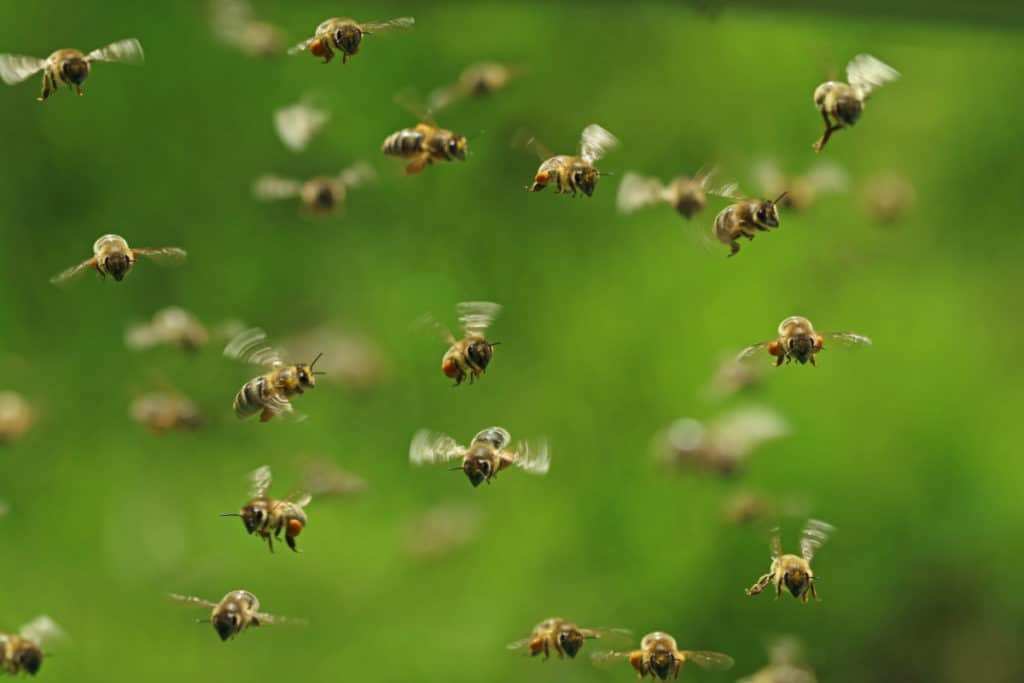
But compared to human beings, a bee can evidently keep up with a human being’s average speed. That explains why bees will chase human beings for a distance. The wings of a bee beat at 230 beats per second which are quite rapid for these small insects. They maintain the same beats when they are hovering over flowers for pollen and nectar.
If you would like to know more about how different species of bees compare then check out this article we have written about them, Carpenter Bees Vs Bumblebees Vs Honey Bees.
Wasps Vs Hummingbird Moths
Hummingbird moths make an excellent meal for paper wasps which hunt moths for food. Compared to the wasps these moths may seem quite slow with wings beating only 70 times per second. But they get up to speeds of 12 miles per hour. That means that a wasp chasing a hummingbird moth may have a hard time reaching it.
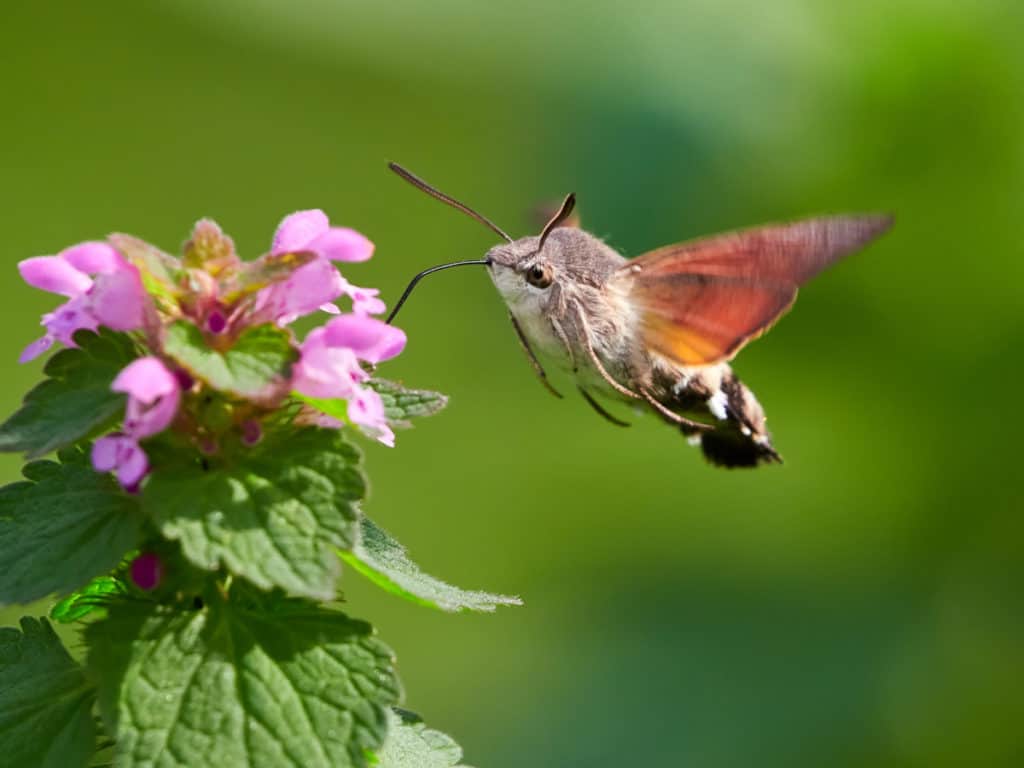
Wasps Vs Butterflies
Even the fastest wasp, the Asian giant hornet, cannot fly as fast as a butterfly. The butterfly reaches speeds of 37 miles per hour and these insects have some of the best natural reflexes.
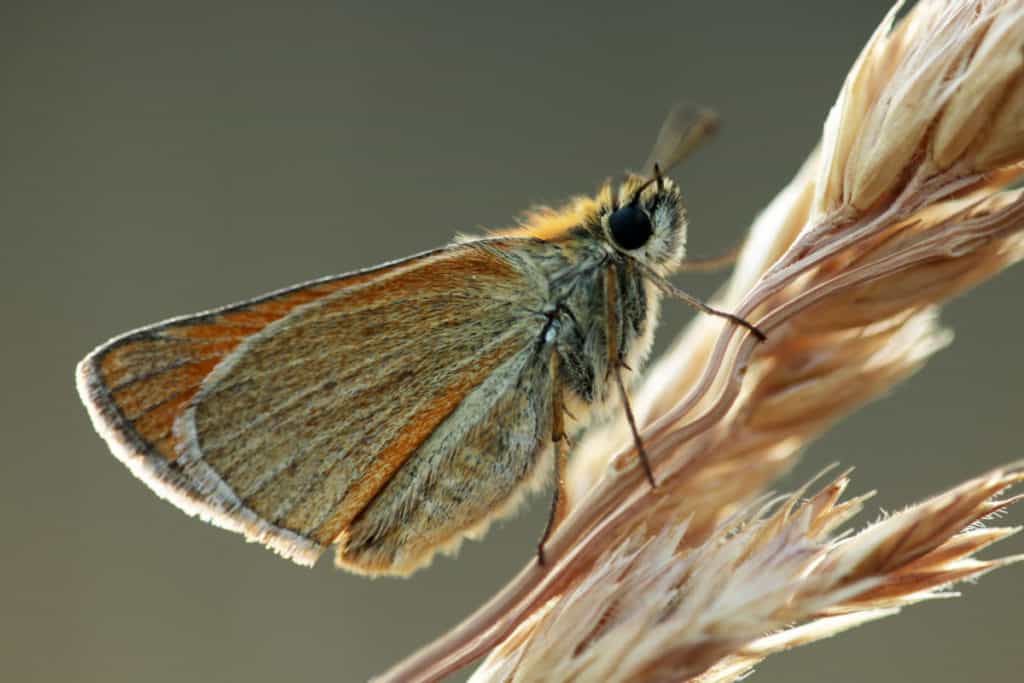
The name butterfly is actually derived from their very quick flight patterns. Did you know that a butterfly known as the skipper can keep up with the pace of a horse in a race? Basically, a butterfly can outrun a human being.
How Long Can Wasps Fly For?
Wasps typically fly for a range of between 275 to 915 meters away from their nests when in search of food. This is quite a short distance compared to bees that fly five miles away from their hive when foraging. It is also short compared to flies which forage at least a mile from home and moths can fly 113 miles per year
Wasps are actually intelligent insects that create a flight plan when they are leaving their nest for the day. They make test runs on their flight paths to identify visual cues that will help them find their nest when they are returning back home.
These insects have a low-resolution vision so if they do not identify the cues, they may not find their way back home. The cues include stones, debris, and fallen leaves around their surroundings.
A scientist from the Australian National University, Jochen Zeil, studied the behavior of wasps when they are in the process of leaving their nest. They face the entrance when they are leaving instead of facing outwards towards their destination.
Next, they fly in an arc, watching the entrance while shifting their gaze from one side to the other. The insects continue to fly in the same arc but gradually move further and further from the nest.
As they fly further, they still keep the entrance in their sights but they also have a vantage point of picking up cues in the environment around their nest and near the entrance. In the process, the wasps create a zigzag path going back and forth.
These smart insects remember the way their nest looks from different vantage points because of looking at it from one side to another. So no matter what direction or distance the wasp flies in foraging, they have markers to let them find their way back home.
And this behavior applies to all insects in the order of Hymenoptera which are the wasps, bees, and ants.
Related to this topic of a wasps sense of direction is the question of why wasps seem to be attracted to lights. How do lights confuse wasps? If you are interested in exploring this further have a look at this article we have written, Are Wasps Attracted To Light?
The Wrap Up
The wasp is a resilient insect and deserving of respect because it will defend its territory, build its home and keep your garden safe from pests. They may not be the fastest insects in the world, but they can move at high speeds.
Wasps are not aggressive by nature except for yellowjackets, which can get a bit testy.
Unfortunately, yellowjackets love picnics, and with picnics, comes human contact. So, while you may be able to get away from a bald face hornet if you see it on time, yellowjackets can be quite persistent when they raid your picnic.
Avoid swatting at them or trying to capture them. That will only increase their agitation and pre-empt an attack. It is critical to caution children not to agitate wasps when they see their nests. A sting from a wasp is not only painful, but it can also be life-threatening for people who are allergic to their venom.
We do have some other articles about some other bugs and their abilities to fly. If you are interested click on the links to those articles below:
Do Praying Mantises Have Wings And Can They Fly?
Can Bumblebees Fly in the Rain?
How Do Bees Fly? They Are Heavy Lifting Marvels
Sources
https://extension.psu.edu/asian-giant-hornets
https://www.aikenpest.com/yellow-jackets
http://naturemappingfoundation.org/natmap/facts/yellow_jacket_712.html
https://ucanr.edu/blogs/blogcore/postdetail.cfm?postnum=10898
https://www.theguardian.com/science/2013/sep/16/time-passes-slowly-flies-study
https://www.csmonitor.com/Science/2016/0213/A-bug-s-eye-view-How-do-wasps-find-their-way-back-home
https://www.nytimes.com/2020/05/02/us/asian-giant-hornet-washington.html
http://pubs.extension.oregonstate.edu/em9093/yellowjacket
https://www.pestworld.org/pest-guide/stinging-insects/paper-wasps/
http://entnemdept.ufl.edu/creatures/urban/flies/house_fly.HTM
https://www.farmersalmanac.com/hummingbird-moth-32556
https://butterfly-conservation.org/butterflies/small-skipper
